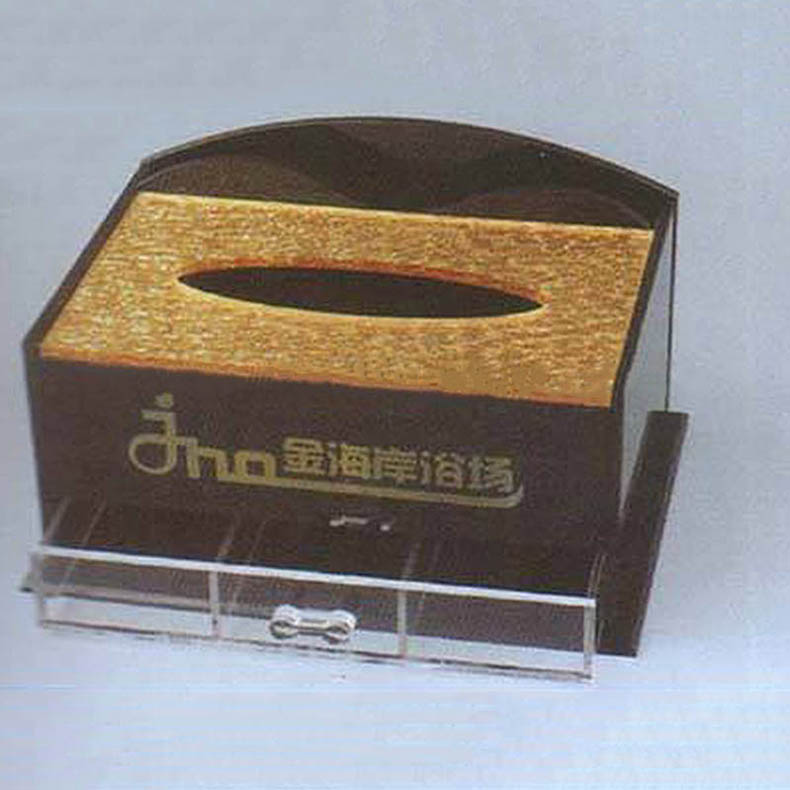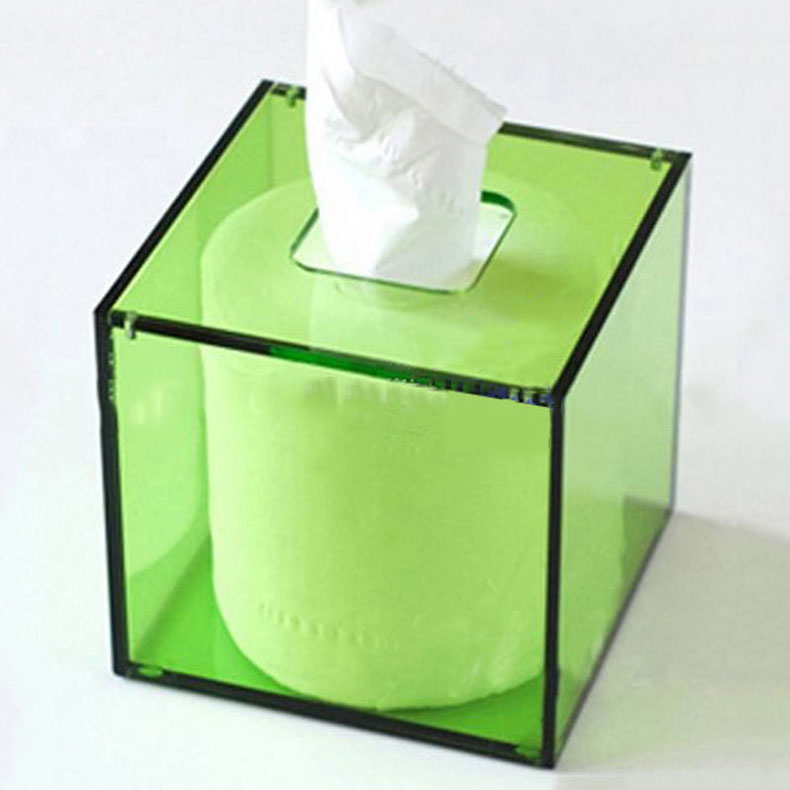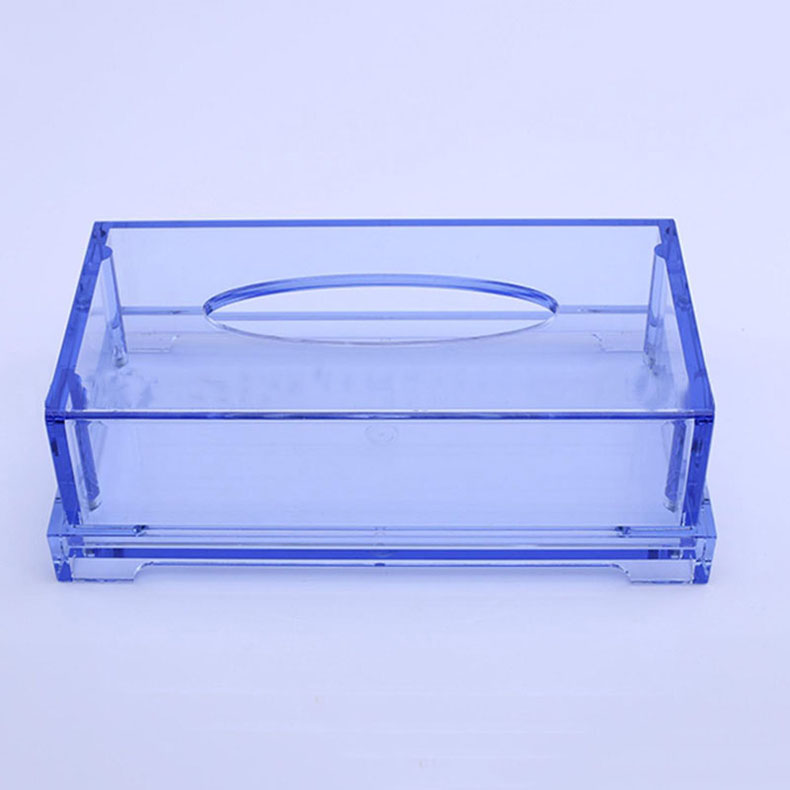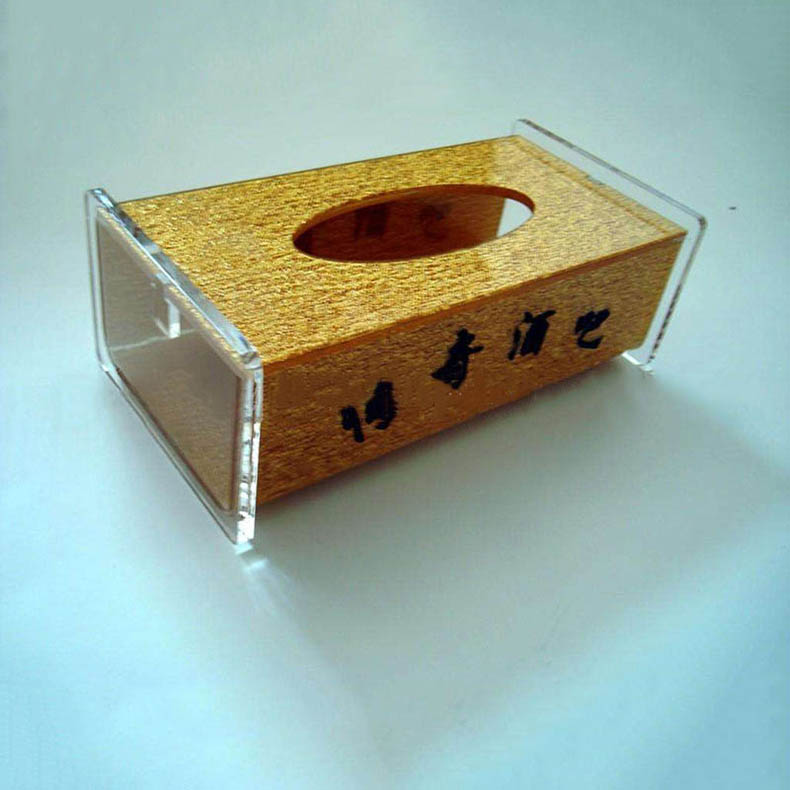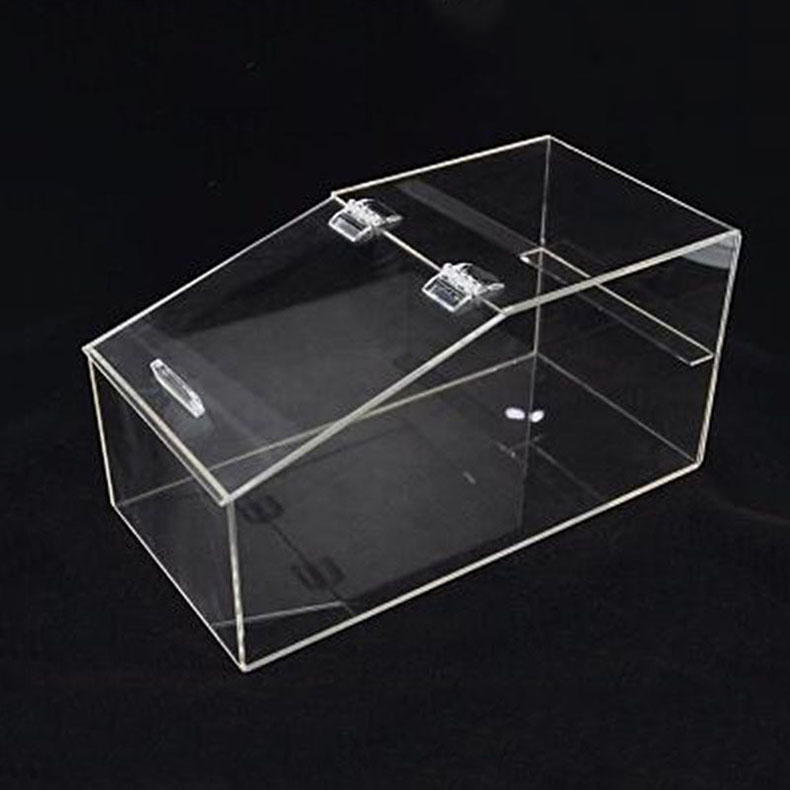The Production Process of Acrylic Wedding Cake Stand
Introduction
Acrylic wedding cake stands are popular for their elegant appearance, durability, and affordability. The production process of these stands involves several precise steps to ensure high - quality and aesthetically pleasing products.
1. Design and Planning
The first step in the production of an acrylic wedding cake stand is the design phase. Designers use computer - aided design (CAD) software to create detailed blueprints of the cake stand. They consider factors such as the size, shape, and style of the stand, which should match the various themes of wedding cakes. For example, a modern - style wedding might call for a minimalist, geometric - shaped cake stand, while a traditional wedding could require a more ornate, tiered design.
The design also takes into account the structural integrity of the stand. The dimensions of each part are carefully calculated to ensure that the stand can support the weight of multiple layers of a wedding cake without collapsing. Once the design is finalized, it is sent to the production team as a guide for the subsequent steps.
2. Material Selection
High - quality acrylic sheets are the primary material for making wedding cake stands. Acrylic is chosen for its transparency, which gives the stand a crystal - clear appearance, and its strength. The production team selects acrylic sheets with the appropriate thickness based on the design requirements. Thicker sheets are used for larger or more elaborate stands that need to bear more weight.
The acrylic sheets should be free of scratches, bubbles, or other defects that could affect the final look of the cake stand. Suppliers are carefully vetted to ensure the consistent quality of the acrylic material.
3. Cutting
Using the CAD designs, the acrylic sheets are cut into the required shapes and sizes. There are several cutting methods available. One common method is laser cutting. Laser cutting offers high precision, allowing for intricate and detailed cuts. The laser beam melts and vaporizes the acrylic, creating clean edges.
Another method is mechanical cutting, which uses saws or routers. Mechanical cutting is suitable for simpler shapes and can be more cost - effective for large - scale production. After cutting, the edges of the acrylic pieces are checked for smoothness and accuracy. Any rough edges are marked for further processing.
4. Edge Polishing
To achieve a polished and professional look, the edges of the cut acrylic pieces need to be polished. Edge polishing not only improves the appearance but also makes the stand safer to handle. There are different polishing techniques. Flame polishing is a popular method where a flame is passed over the edges of the acrylic. The heat from the flame melts the surface slightly, creating a smooth and shiny finish.
Another option is mechanical polishing, which involves using abrasive pads of different grits to gradually smooth and shine the edges. The polishing process is done carefully to avoid over - heating or warping the acrylic.
5. Assembly
Once the individual parts are cut and polished, it’s time to assemble the wedding cake stand. For multi - tiered stands, the tiers are connected using clear acrylic rods or other connectors. These connectors are carefully inserted into pre - drilled holes in the acrylic pieces.
Adhesives may also be used to ensure a strong and stable connection. The choice of adhesive is crucial as it needs to be transparent and provide a long - lasting bond. During the assembly process, the alignment of each part is checked to ensure that the stand is level and stable.
6. Quality Control
After assembly, the acrylic wedding cake stand undergoes a rigorous quality control process. Inspectors check for any visible defects such as scratches, air bubbles, or uneven surfaces. They also test the structural integrity of the stand by applying a simulated load to ensure that it can support the weight of a wedding cake.
The transparency of the acrylic is also evaluated to ensure that it meets the high - end aesthetic standards required for wedding products. Any stands that do not pass the quality control tests are either re - worked or discarded.
7. Packaging
Once the cake stand has passed the quality control checks, it is carefully packaged. The stand is wrapped in protective materials such as bubble wrap to prevent scratches during transportation. It is then placed in a sturdy cardboard box with appropriate cushioning.
Labels are added to the box, indicating the product name, size, and any handling instructions. The packaging is designed not only to protect the product but also to present it in an attractive way when it reaches the customer.
In conclusion, the production process of an acrylic wedding cake stand is a combination of artistry and precision engineering. From the initial design to the final packaging, each step is crucial in creating a beautiful and functional product that can enhance the centerpiece of any wedding.



